These Obsolete 90s/00s Tech Gifts Might Make You Laugh
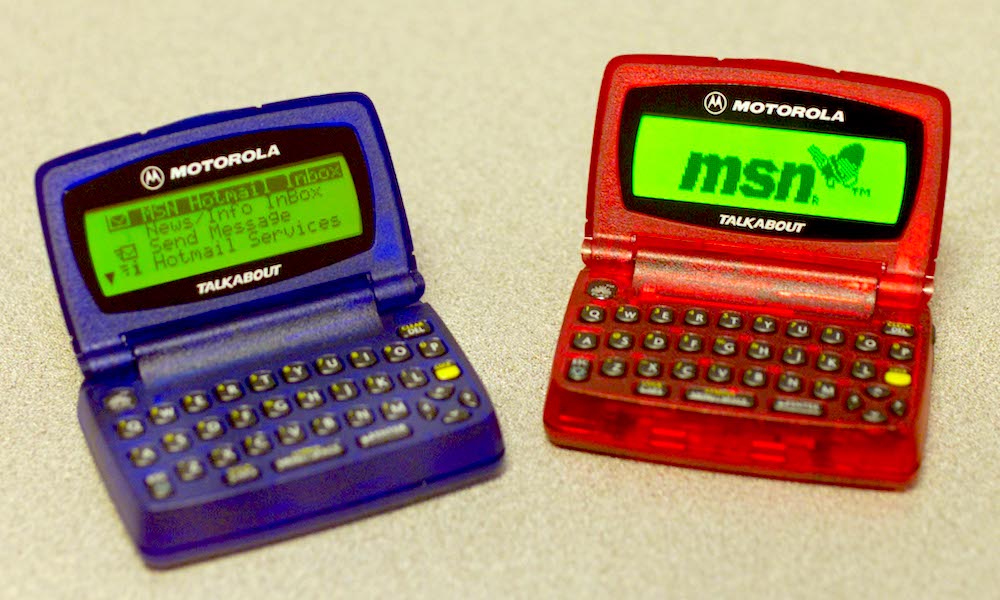 Credit: Twitter / @Complications
Credit: Twitter / @Complications
Over the past few decades, technology has progressed at a breakneck pace. While that has meant advances in consumer devices, it also means that once-cutting-edge technology can quickly become obsolete — or even hilariously outdated.
Here are nine such devices that would have made great gifts throughout the 1990s and 2000s, but now look more like gag gifts than anything else. Continue reading to browse 9 Obsolete 90s/00s Tech Gifts That Might Make You Laugh.
9 Creative Nomad Jukebox
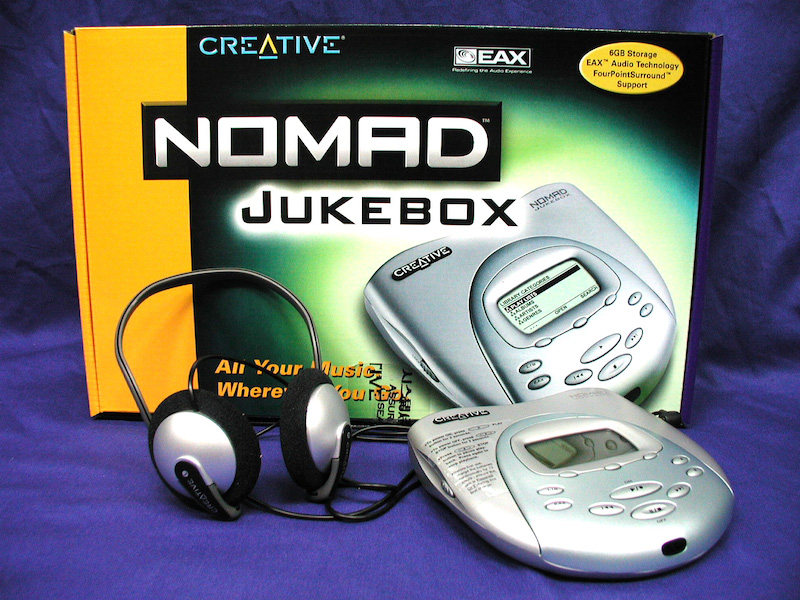
Apple’s iPod, released in 2001, revolutionized how we listen to music. But there were actually quite a few great digital audio players around before the iPod hit the market. Enter the Nomad Jukebox, which was manufactured by Creative.
The Nomad Jukebox took some obvious inspiration from past music listening devices (like portable CD players), which made it less sleek and portable than Apple’s iPod. Although it wasn't very pretty, it featured a USB port and could hold around 6GB of music — around 100 hours of digital audio, which was very impressive for the time.
8 TalkBoy
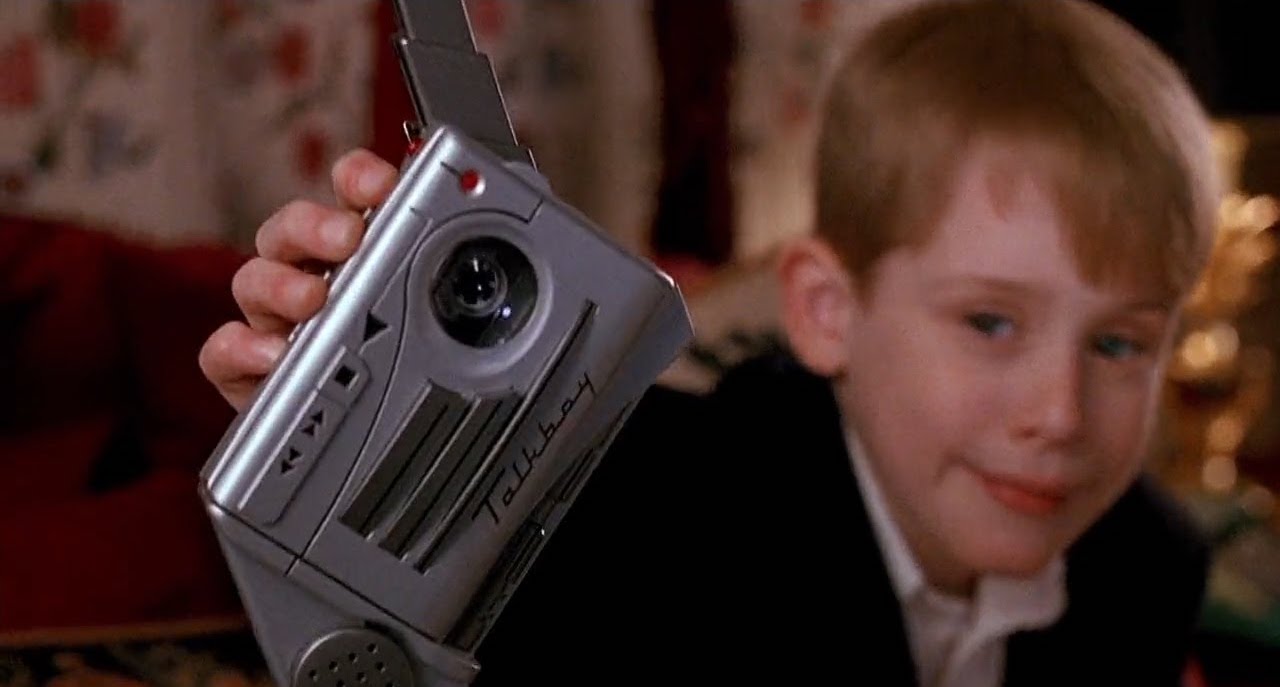
The TalkBoy is one of those interesting products that, somehow, became a way bigger fad than you would've expected. Originally developed as a prop for the film Home Alone 2: Lost in New York, it eventually became a consumer product after fans of the movie decided they wanted one.
The premise of the device was pretty simple. It was a cassette player that allowed users to, well, play cassettes. But it could also record and replay audio onto blank cassettes. It was nothing short of a novelty item at the time, but has since entered the realm of nostalgic technology.
7 Palm Pilot
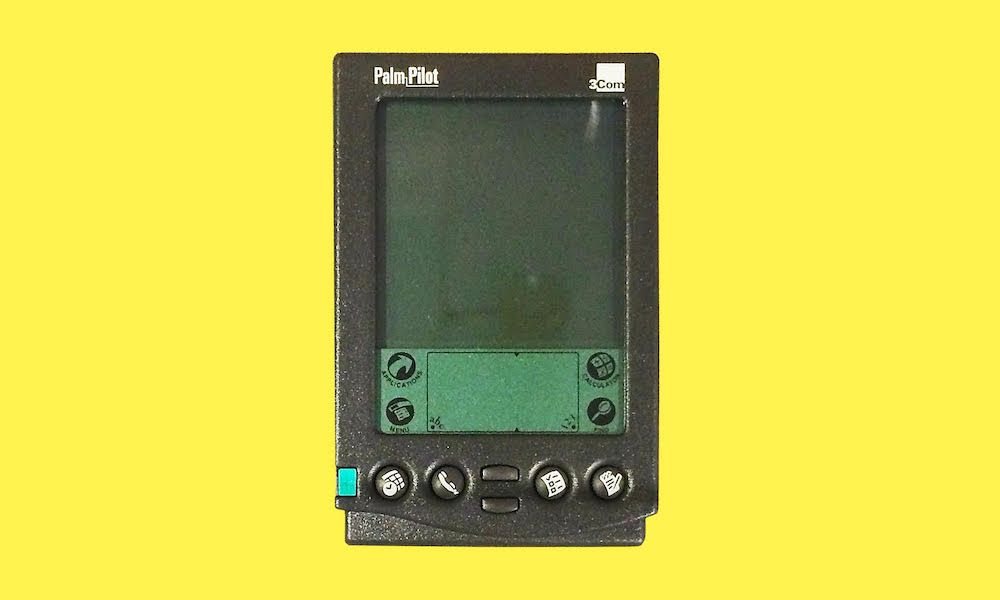
Productivity certainly looked different back in the day. Prior to the advent of smartphones, many business types relied on a simple device called a personal digital assistant (PDA). That name may sound familiar, but these early PDAs were nothing like Siri or Alexa. They were physical devices.
Most of them could connect to the internet and sported a variety of features for managing data and information, from email to calendars. While extremely handy at the time, their functionality eventually became standard on other consumer devices — particularly the early generations of smartphones.
6 Casio Digital Diary
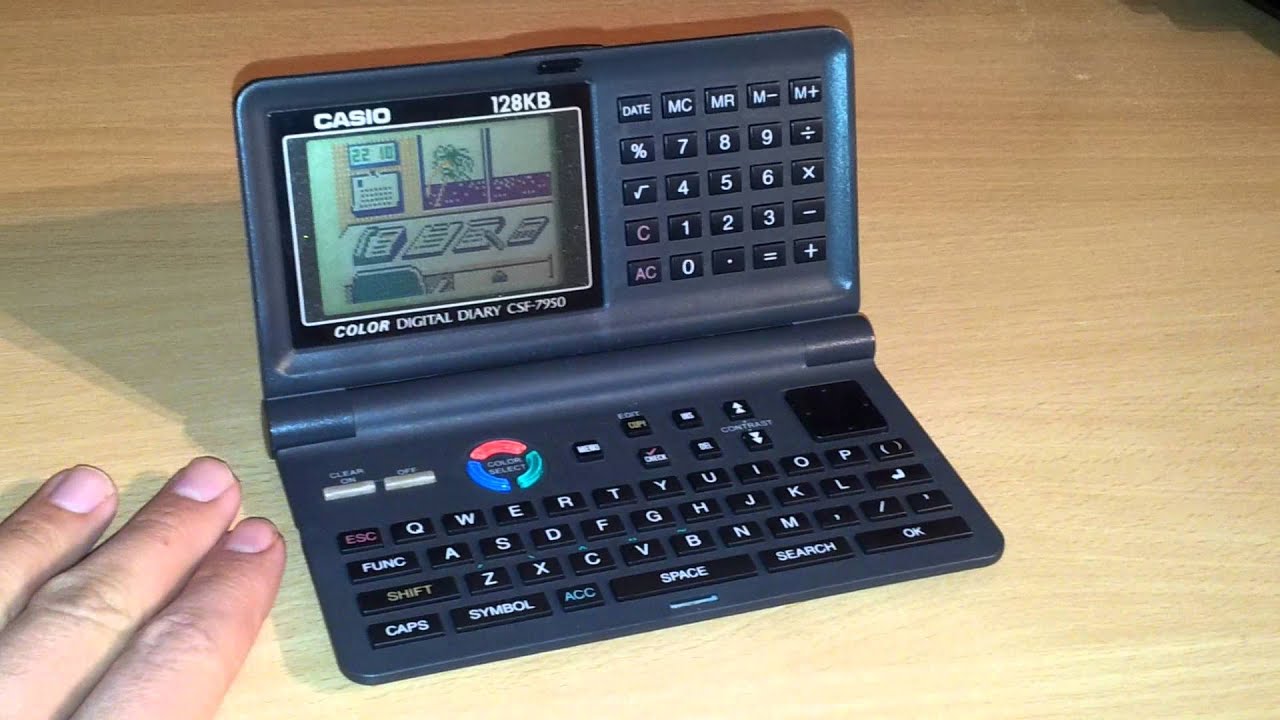
PDAs may seem outdated by our standards, but they actually replaced an even earlier subset of devices. Long before smartphones, people in the 1990s used a type of now-obsolete calculator-like computer called a digital diary or an electronic organizer.
With a small display and a keypad, they were most often used as an electronic diary but could also sport address books, to-do lists and calendars. They had no connectivity or messaging options, however. That fact alone eventually led to their demise when PDAs became popular in the 2000s.
5 Macintosh Powerbook 5300
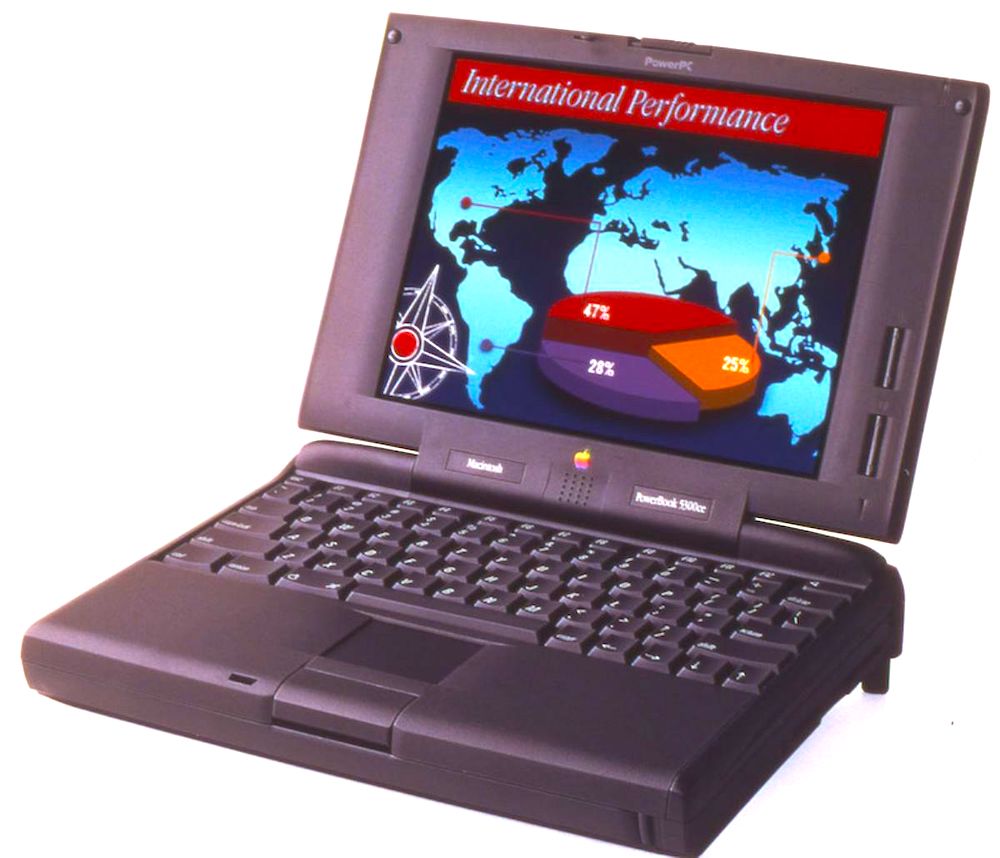
Apple is known for their sleek and stunningly slim laptops, but this wasn’t always the case. While the PowerBook 5300 was at the cutting edge in 1996, its clunky design and relatively large footprint looks hilariously outdated compared to even the cheapest laptops available today.
But the PowerBook 5300 wasn’t cheap — it started at $2,300. That high price tag netted you a 100MHz CPU, 8MB of RAM (that’s right, megabytes), and some pretty massive bezels surrounding a grayscale LCD display for the base tier. Unfortunately for Apple, the PowerBook 5300 also ran into some problems with battery fires.
4 Motorola Two-Way Pager

We take text and instant messaging for granted these days — probably since they’re basic, baked-in features of our smartphones. But six years before the iPhone debuted, the Motorola two-way pager was a hot-ticket item (it was even referenced in a Jay-Z song).
The two-way pagers allowed users to send emails or SMS text messages back and forth. They had a clamshell design with physical keys. But messaging was all that they did. You couldn’t browse the web, listen to music, or take pictures. When smartphones and other devices came along, the inevitable end of the two-way pager was cemented.
3 VHS Rewinders

Do you remember VHS tapes? While many of us probably have fond memories of video stores and watching movies on the now obsolete technology, there was always one aspect that was a pain: the fact that you had to rewind them.
That’s why the VHS rewinder existed at the time. As you might expect, it was a simple device that allowed users to quickly rewind VHS tapes without needing to pop the tape into their VHS system. The simple fact that a product like this exists should make us thankful for the convenience of online streaming.
2 Sony Discman
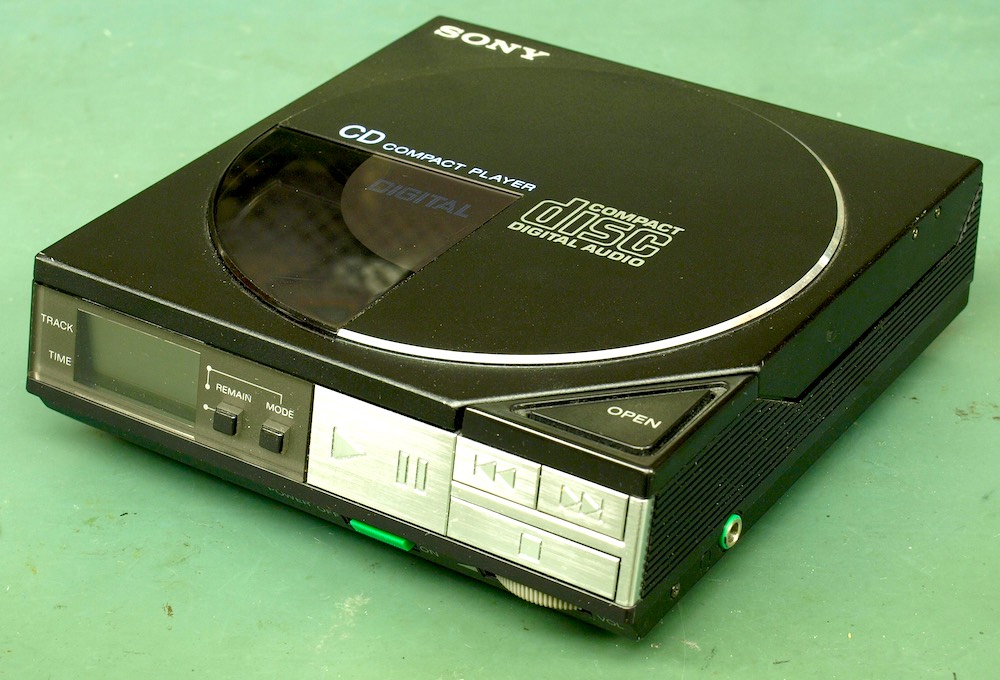
No list of obsolete or outdated technology would be complete without a portable CD player like Sony’s Discman (which was later rebranded at the CD Walkman in 2000). Younger people might be baffled, but these were actually devices that many of us carried around on a daily basis.
CDs were actually high-tech at the time — and burning mixtapes onto blank CDs was a 90s/00s right-of-passage. But, of course, they weren’t without their faults. Portable CD players were bulky, you had to carry CDs with you if you wanted to switch it up, and moving it would usually lead to your music skipping.
1 LG Touchpoint 3000
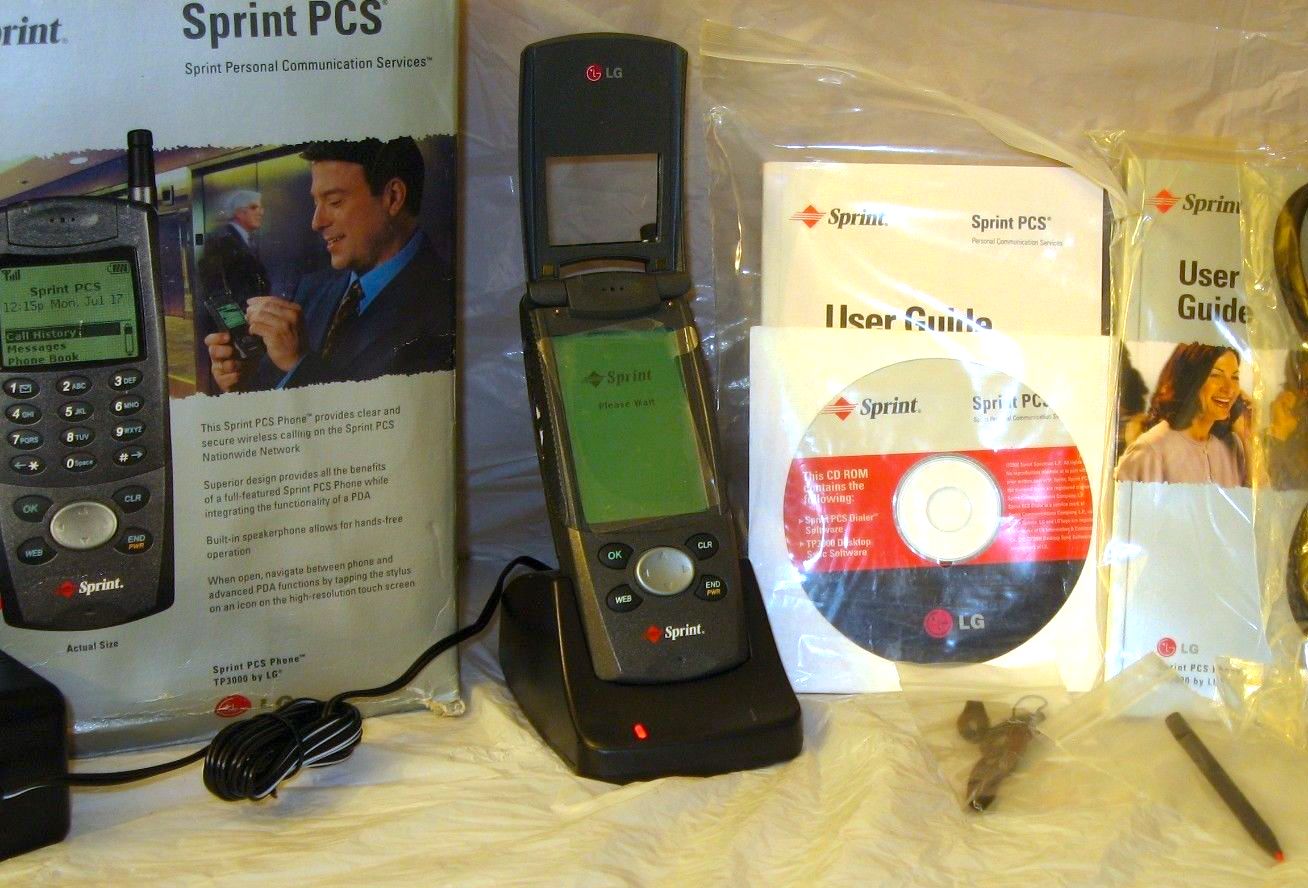
Before smartphones, you may assume that all cellular devices looked like Nokias. But there were actually innovative cell phones that straddled the line between “dumb” and “smartphone” — including the LG Touchpoint 3000, which was introduced in 2000.
It featured a flip-up keyboard with a relatively basic touchscreen display. There were no apps, but you could tap on a contact to automatically dial that person (cutting-edge technology at the time). We may laugh now, but consider that the Touchpoint 3000 had an average battery life of 5.6 days.
